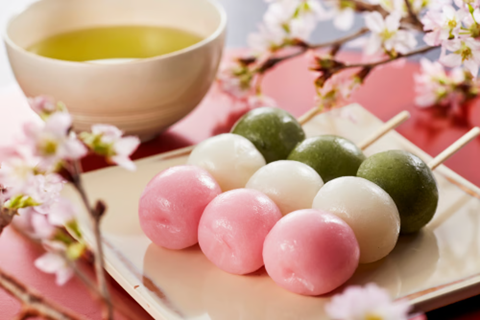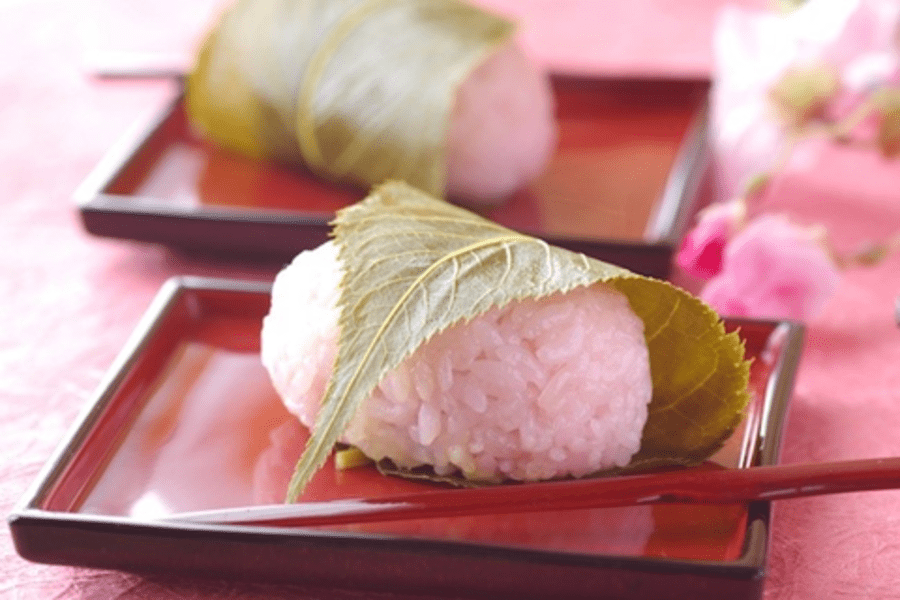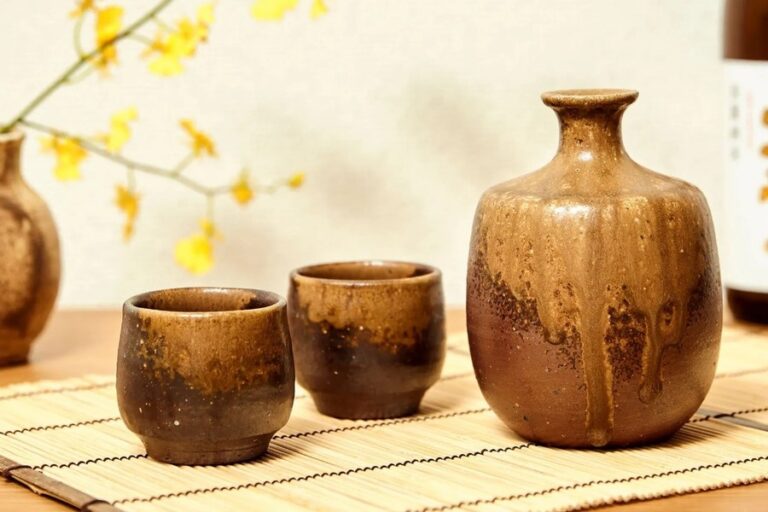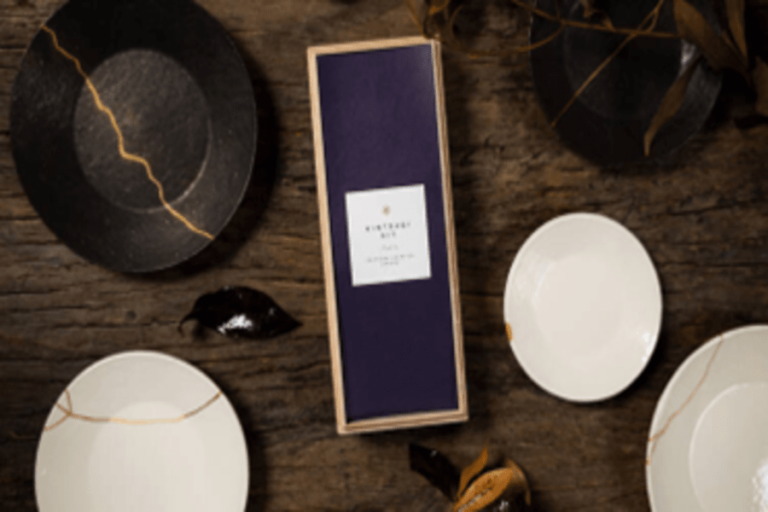Japanese sweets, or “wagashi,” are not merely confections; they are edible works of art that reflect the delicate balance of flavors, textures, and aesthetics deeply rooted in Japanese culture. From traditional to modern, Japan’s sweet offerings tantalize the taste buds with a symphony of tastes and textures. In this culinary exploration, we delve into the realm of Japanese sweets, uncovering the best and most delightful treats that captivate locals and enchant visitors alike.
Traditional Wagashi:
1. Moichi (Mochi):
Description: Soft, chewy rice cakes made from glutinous rice, mochi comes in various shapes and fillings. Traditional versions may feature sweet red bean paste, matcha (green tea), or seasonal fruit.
2. Dorayaki:
Description: A beloved classic, dorayaki consists of two fluffy pancake-like layers filled with anko (sweet red bean paste). The balance between the soft exterior and the rich, sweet filling makes dorayaki a perennial favorite.
3. Yokan:
Description: A firm jelly-like sweet made from red bean paste, agar, and sugar, yokan is often cut into elegant slices. It comes in various flavors, including matcha and chestnut, and is enjoyed as a traditional tea accompaniment.
4. Taiyaki:
Description: Literally translating to “baked sea bream,” taiyaki is a fish-shaped cake filled with sweet fillings like anko, custard, or chocolate. The crispy exterior and warm, gooey interior make it a popular street snack.
Modern Sweets:
1. Matcha-flavored Treats:
Description: The world has embraced matcha, and Japan’s modern sweets showcase this powdered green tea in various forms. From matcha-flavored Kit Kats to matcha-infused cheesecakes, the bitter-sweet complexity of matcha adds a sophisticated touch.
2. Sakura Mochi:
Description: A seasonal delight during cherry blossom season, sakura mochi features a soft pink mochi exterior filled with sweet red bean paste and wrapped in a pickled cherry blossom leaf. The combination of flavors evokes the beauty of spring.
3. Japanese Cheesecake:
Description: Light, fluffy, and delicately sweet, Japanese cheesecake has gained international acclaim. The airy texture and subtle sweetness distinguish it from its denser Western counterparts.
4. Ichigo Daifuku:
Description: A delightful fusion of flavors, ichigo daifuku consists of a whole strawberry encased in sweet anko and wrapped in a layer of chewy mochi. The harmonious blend of tartness and sweetness is a true indulgence.
Regional Delicacies:
1. Hakata Torimon:
Description: Hailing from Fukuoka, Hakata Torimon is a delectable confection featuring layers of flaky pastry filled with a sweet, velvety paste made from white beans.
2. Yatsuhashi:
Description: Originating from Kyoto, yatsuhashi are thin, cinnamon-flavored rice flour dumplings filled with various fillings such as anko or matcha-flavored white bean paste.
3. Tokyo Banana:
Description: A popular souvenir from Tokyo, Tokyo Banana features a light sponge cake filled with banana custard cream. The adorable banana-shaped treats are not only delicious but also visually appealing.
4. Shingen Mochi:
Description: A specialty from the Yamanashi Prefecture, Shingen Mochi is a translucent rice cake served with kinako (roasted soybean flour) and brown sugar syrup. The unique texture and sweet flavor make it a regional favorite.
Conclusion:
Japanese sweets are a testament to the country’s culinary artistry, blending tradition with innovation to create a diverse array of delectable treats. From the centuries-old wagashi to the contemporary twists on classic flavors, Japan’s sweet offerings cater to every palate. Whether you’re strolling through the historic streets of Kyoto, exploring the vibrant neighborhoods of Tokyo, or enjoying the tranquil landscapes of rural Japan, the world of Japanese sweets invites you to embark on a delightful journey of taste and tradition. Indulge in these sweet delights, and savor the essence of Japan’s rich culinary heritage.







